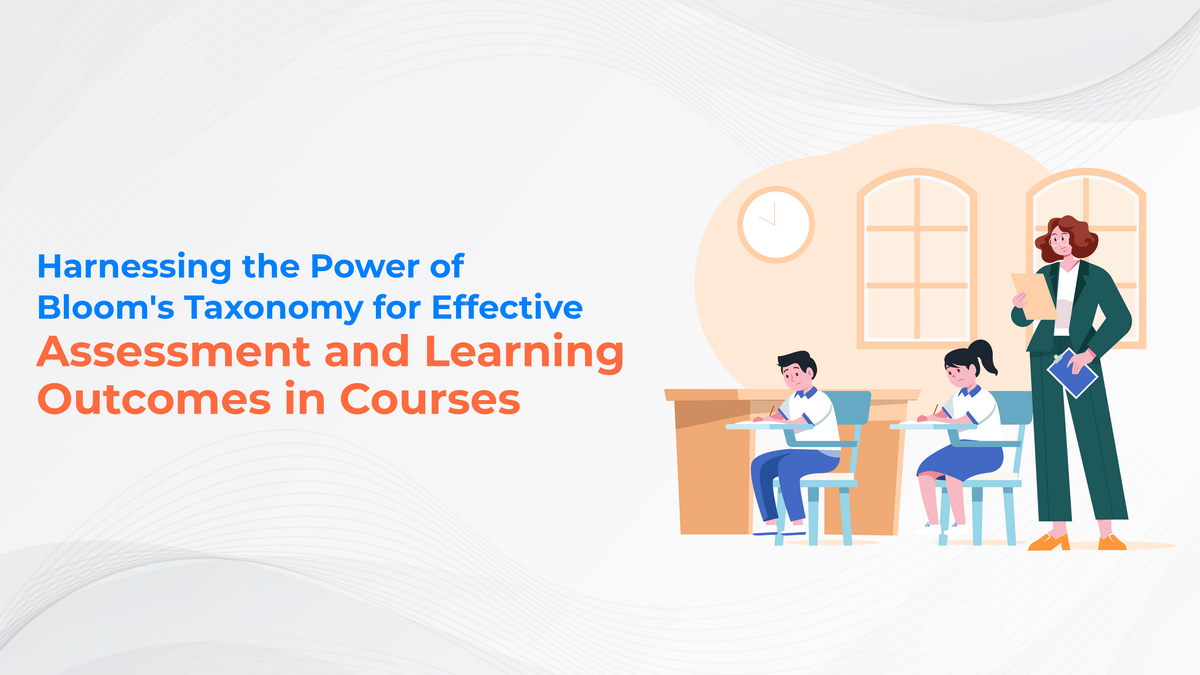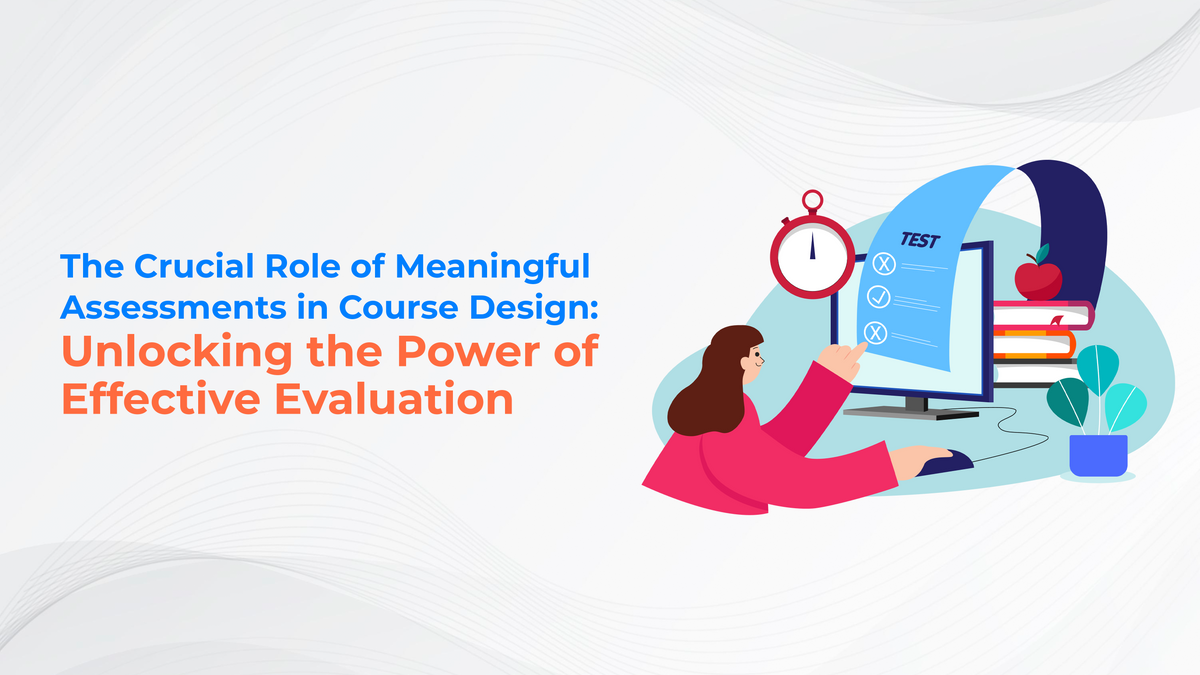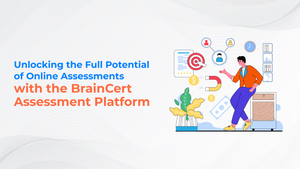Assessments are a vital component of the educational process, providing essential feedback to both educators and students on learning progress and effectiveness. A well-designed assessment, guided by Bloom's Taxonomy, can enhance the learning experience, promote learner engagement, and contribute to better learning outcomes. In this research blog, we will explore the role of Bloom's Taxonomy in assessment development and examine how educators can use this framework to create meaningful assessments that cater to diverse learning needs.
Bloom's Taxonomy and Assessment Development
Bloom's Taxonomy is a hierarchical classification of cognitive skills that learners are expected to master as they progress through their educational journey. The taxonomy comprises six levels: Knowledge, Comprehension, Application, Analysis, Synthesis, and Evaluation. By incorporating Bloom's Taxonomy into assessment development, educators can design assessments that measure a wide range of cognitive skills, ensuring a comprehensive evaluation of student learning.
Key Strands for Assessment Development
To create effective assessments, educators can focus on four key strands that encompass various cognitive skills:
- Knowledge and Understanding: Best-suited for diagnostic and formative assessments, this strand focuses on the foundational knowledge and understanding of a subject.
- Thinking and Inquiry: Emphasizes the development of critical thinking and problem-solving skills, typically assessed through essay questions, projects, or case studies.
- Communication: Assesses a learner's ability to effectively convey information and ideas, often evaluated through oral presentations, written assignments, or group discussions.
- Application: Measures the ability to apply learned concepts to real-world situations or novel contexts.
Creating Meaningful Assessments with Bloom's Taxonomy
To develop effective assessments that cater to diverse learning needs and promote better learning outcomes, educators can leverage Bloom's Taxonomy by:
- Aligning Assessments with Learning Objectives: Ensure that assessments are designed to measure the specific learning objectives and cognitive skills outlined in the curriculum, creating a direct link between the course content and the assessment.
- Diversifying Assessment Types: Utilize a variety of assessment formats to target different levels of Bloom's Taxonomy, such as multiple-choice questions for Knowledge and Comprehension, and essay questions or projects for higher-order thinking skills like Analysis and Synthesis.
- Balancing Assessment Strands: Strive for a balanced representation of the four assessment strands across the course, ensuring that students have the opportunity to demonstrate their mastery of Knowledge and Understanding, Thinking and Inquiry, Communication, and Application.
- Providing Timely and Constructive Feedback: Offer students clear, specific, and actionable feedback on their performance, helping them understand their strengths and areas for improvement.
- Implementing Technology-Enhanced Assessments: Leverage technology to create engaging and interactive assessments, such as quizzes with multimedia elements, virtual simulations, or online collaboration tools.
- Encouraging Self-Assessment and Reflection: Promote a culture of self-assessment and reflection among students, helping them develop metacognitive skills and become more aware of their learning progress.
To Wrap up
Bloom's Taxonomy serves as a powerful tool for educators to design effective assessments that contribute to enhanced learning experiences and improved learning outcomes. By understanding the nuances of assessment development and using Bloom's Taxonomy as a guiding framework, educators can create assessments that are not only comprehensive but also tailored to the diverse needs of their students.
In doing so, they can ensure that the learning experience remains engaging, relevant, and transformative for learners of all ages and educational backgrounds. Bloom's Taxonomy in BrainCert Assessment can help educators create assessments that are aligned with learning objectives and encourage higher-order thinking skills. This can lead to more effective teaching and improved learning outcomes.









